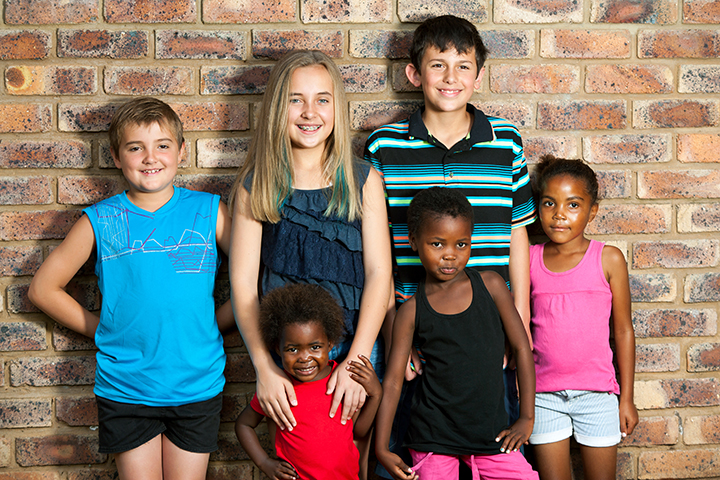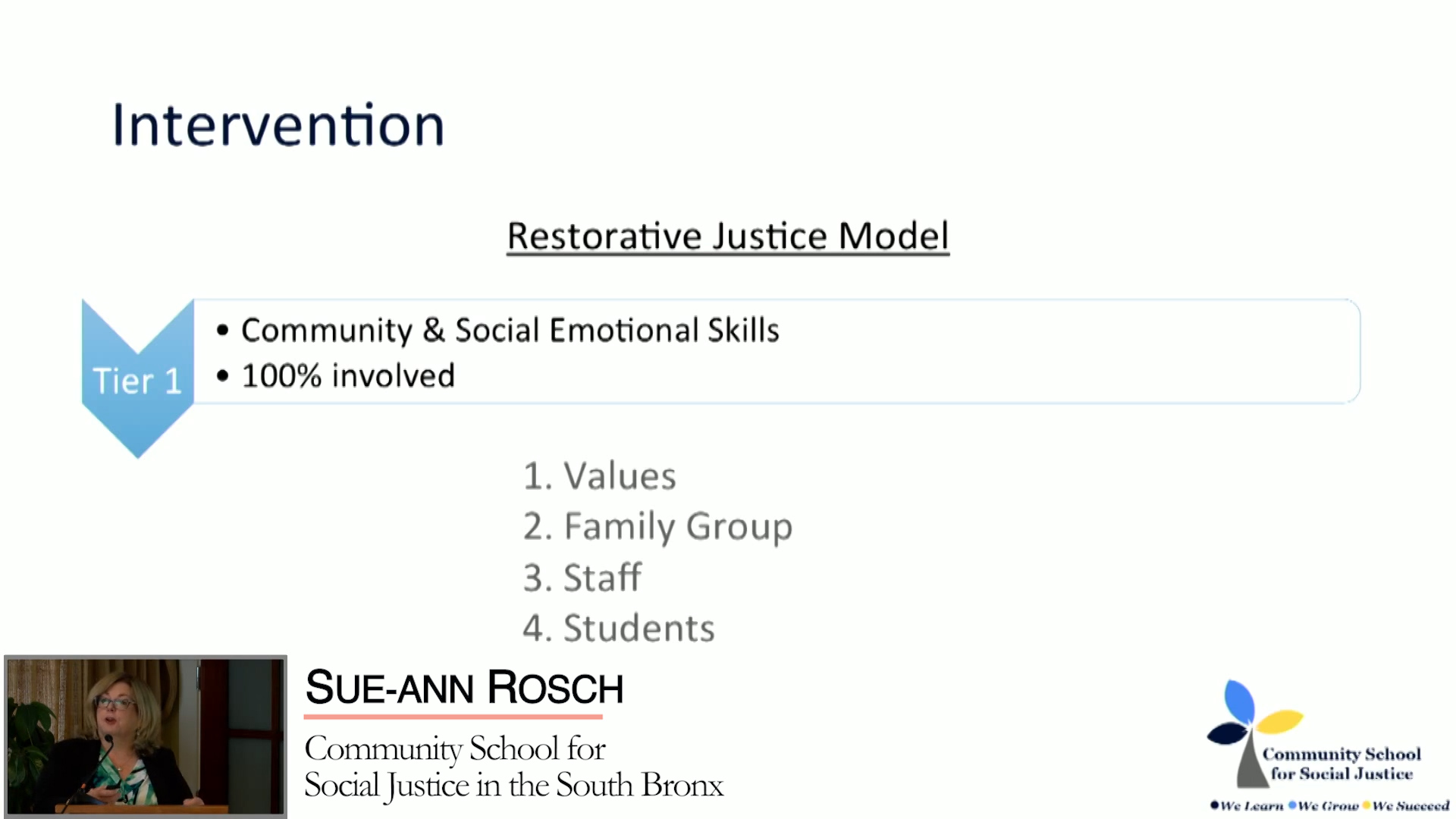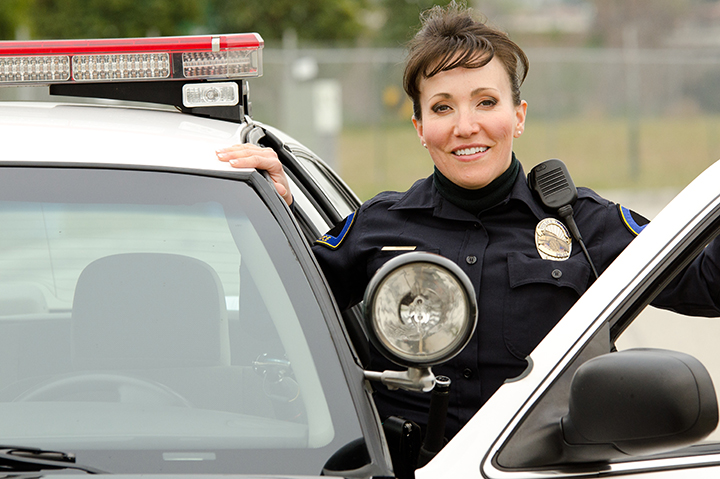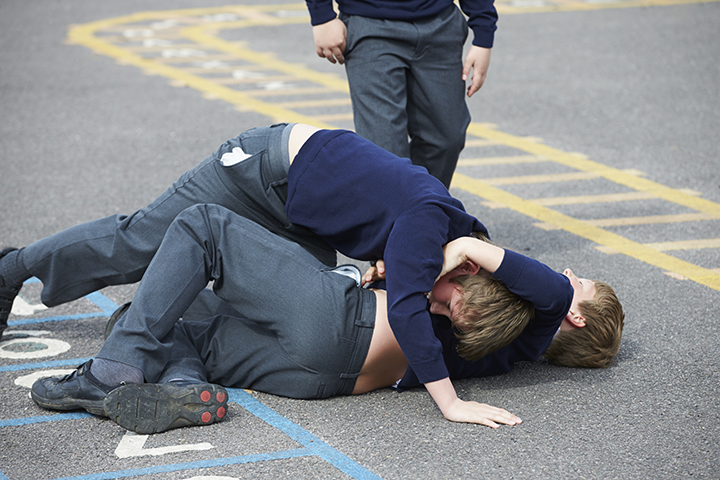Fifth-graders at South Davis Elementary School are rising to “Rachel’s Challenge” by spreading an anti-bullying message through music.
Rachel’s Challenge is a national nonprofit group that works to reduce violence in schools through character education. South Davis and Oak Park elementary schools are participating in the program, and South Davis’ Bullying Prevention Coordinating Committee recently came up with a special way to rally around the issue.
The school’s 5th-grade class created a lip-sync music video to Andy Grammer’s “Give Love” that was posted to YouTube featured by WKBW news.
The song’s lyrics send a powerful message that resonates with students and melds with the school’s anti-bullying efforts.
I give love to all of my people
All of my people need love, I give some
I give love to all of my people
All of my people need love, I give some
I give love to all of my people
All of my people need love, I give some
‘Cause in the end, the love we take’s
Got nothing on the love we make
So give love
So give love
So give love
The aim of the video was to foster a positive and respectful climate and culture at South Davis, one of several efforts by school officials to combat bullying, a school spokesperson told WKBW.
“Each time a student completes an act of kindness in the school, at home or in the community, they receive a link to be added to the paper chain hanging in the hallways of South Davis Elementary,” the spokesperson said.
The dozens of kids who participated in the music video, which featured students and staff dancing and singing to “Give Love” in a fast-paced trip through the elementary, were clearly engaged in making their school a better place.
James Davison Hunter, founder of the Institute for Advanced Studies in Culture, wrote about the importance of creating an environment built on strong connections between adults and students for effective character education.
Hunter wrote in The Tragedy of Moral Education:
Moral education can work where the community, and schools and other institutions within it, share a moral culture that is integrated and mutually reinforcing; where the social networks of adult authority are strong, unified, and consistent in articulating moral ideals and their attending virtues; and where adults maintain a ‘caring watchfulness’ over all aspects of a young person’s maturation.
South Davis Elementary’s video project is one example of a school working to establish that kind of watchful community for its students.
Educators who want to build up school culture can find out more about Rachel’s Challenge on the organization’s website.
The group is named in honor of Rachel Scott—the first student killed in the 1999 Columbine High School shooting—and offers a variety of programs for elementary, middle, and high schools, as well as a college program and professional development.










